16 May, 2023
Nature Bathing; Edinburgh Haematology Centre and East Lothian Community Hospital
Tagged by
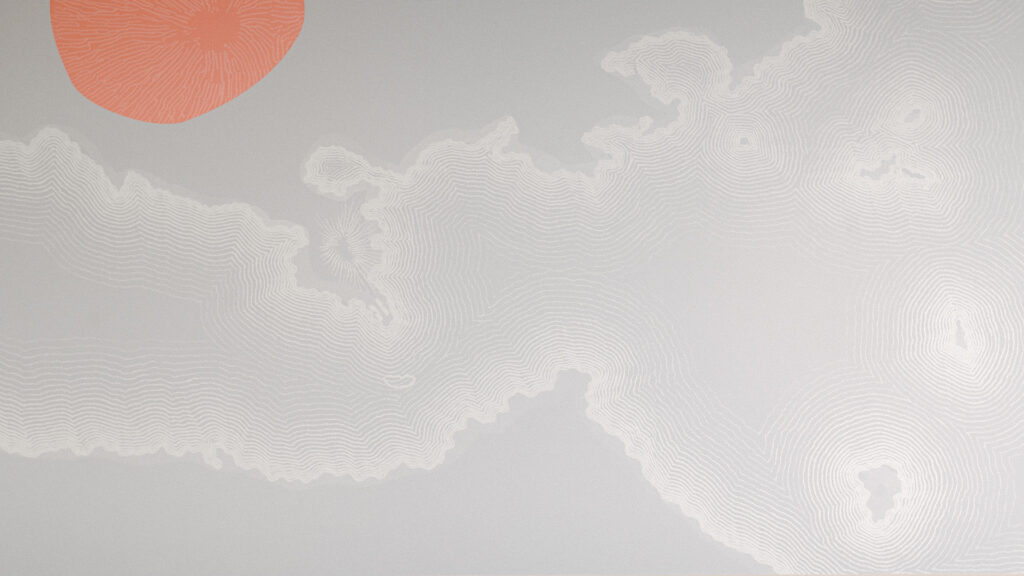
Humans are genetically predisposed to be attracted to nature. We desire to seek connections to the natural world, which foster positive feelings and in turn, result in tranquillity and calm. This hypothesis was popularised by American biologist Edward O. Wilson in his 1984 work Biophilia. Numerous studies have since indicated that spending time in natural environments or viewing nature via artistic representations can promote restoration, significantly improve mental health and reduce stress or anxiety.
Both the Edinburgh Haematology Centre and East Lothian Community Hospital have benefitted from creative interventions and therapeutic art which centre around nature and the outdoors, with artists commissioned with a view to soften the clinical environment and bring the outdoors in.
There is clinical research showing that engagement with nature makes people feel better holistically – it can improve recovery times, it can alleviate stress and it can reduce tension,” Arabella Harvey, Director at Round Table Projects and member of NHS Lothian Charity’s Tonic Arts team, explains. “Evidence shows that as well as improving patient wellbeing and recovery, a creative physical environment also supports higher staff retention rates. Simply put, incorporating art in hospitals and healthcare settings helps those services to work more efficiently – which is to everyone’s benefit.”
As the Project Manager and Curator, Arabella worked alongside clinical teams and patient representatives to create a programme of art, craft and design commissions that evoke an immersion in nature. At the East Lothian Community Hospital, patient representative Anne Bisset was involved in the interviews for each of the commissions, and her experience, both as a patient and as a regular visitor, provided a profound insight into what was required and what people needed to see in waiting and treatment rooms.
It’s not just about the patients,” she says, “it’s also about the families that come in, and where they are in their heads. You might be dealing with something very tragic and you want to come into a space that calms you, but also lifts you and distracts you. Art and nature have the power to create a shift in your mind and to help you see the world in a new way, which in turn can help you cope with challenging situations.”
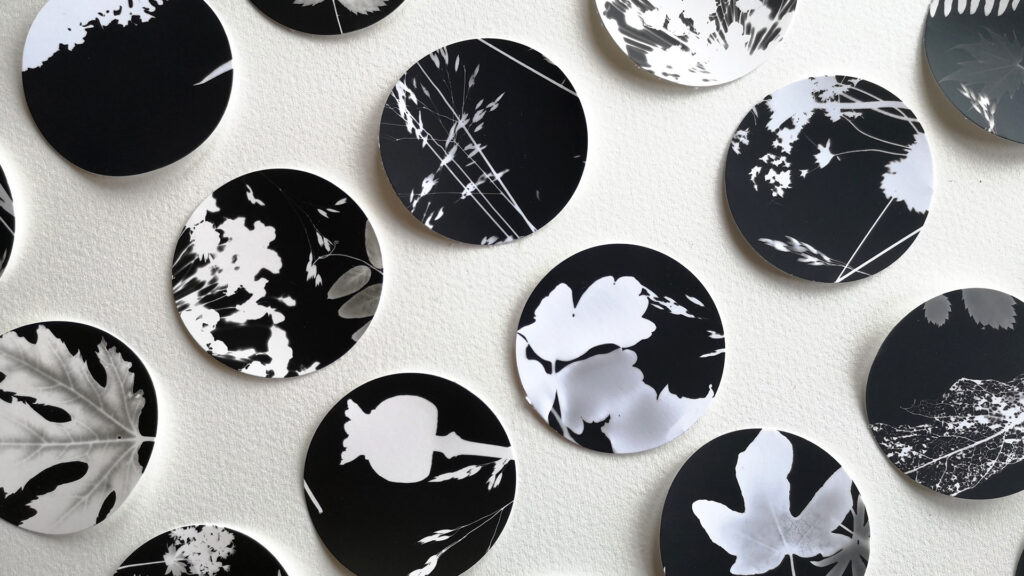
For Anne, looking at something that draws on elements of nature can quickly take you out of a clinical space, which can feel confined or detached from the outside world.
Knowing several people who’ve been very unwell or terminally ill, nature is the thing you go to,” she says. Likewise, having spoken to many patient representatives, Arabella agrees, adding that she was struck by the way people described how they felt they had lost a sense of time passing and of being part of the world, whilst in their hospital rooms. “In contrast, being outside you’re surrounded by the gentle therapeutic movement of air, plants and birdlife and the sun tracking across the sky, the light changing – these are simple things that make you feel alive.”
Projects commissioned for the East Lothian Community Hospital include Katie Fowlie’s analogue photography, which is displayed in the mental health inpatient ward. For the work, she explored forests along the East Lothian coastline to create lumens and hand-developed photographs. Meanwhile, at the Edinburgh Haematology Centre, Sharon Quigley produced Waterlines, a series of paintings that draw inspiration from maps, geological forms and flora that grow in and around the salt marshes, coastal grasslands, riverbed and shoreline of the Forth.
Lorraine Robson, who worked on a series of relief panels for treatment rooms at the Edinburgh Haematology Centre, was inspired by found objects and impressions on the shoreline. Her project, Ebb & Flow, uses ceramic motifs of objects like mussel shells and deer hooves which have the effect of transporting you to somewhere altogether more comforting.
You want to be reminded about something that uplifts your soul,” she says of her inspiration, “and for me during lockdown, it was nature. If it wasn’t for the deer, and the badgers and the birds on my walks, I couldn’t have got through it.”
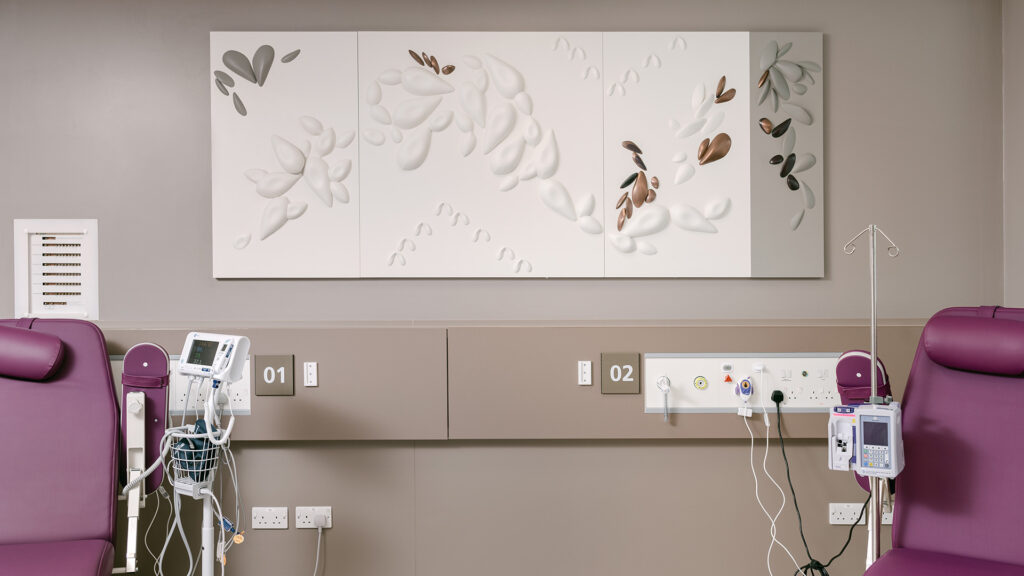
Lorraine notes that her goal wasn’t to create something that would be puzzling, but to allow viewers to recognise forms they might see in nature.
It’s something that whether you know it or not, you are aware of it, then you see it, and it’s in your head. You don’t have to be an artist to enjoy the shape of a leaf, or to watch a bug crawling across a stone. You don’t have to be an artist to subconsciously remember these things. So, if these shapes are used in artworks, then I think somehow you can be drawn back to happier times.”
Also in every private room at the Edinburgh Haematology Centre is FLOW; aerial imagery of the Forth by Elizabeth Ogilvie and Rob Page. In the Pentamidine treatment room, you’ll find their mesmerising oceanic video piece, which portrays the shifting tides of the River Forth, its ecosystem and environs.
My whole practice has been based on the natural world, its important ecosystems and our relationship with it,” Elizabeth says. “In the hospital, the goal was to create a dreamy meditative ambience for everybody. It really transforms the environment from bare walls, which are clinical and quite frightening, to a calm and a quietness, that will, hopefully, help heal from the inside.”
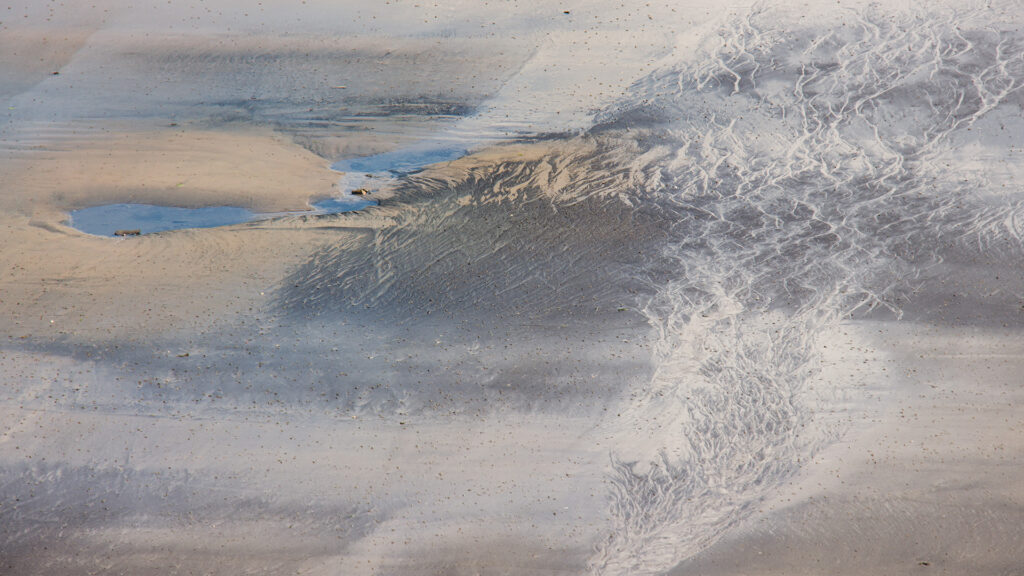
Finnish artist Viliina Koivisto agrees that there is something fundamentally healing about art that concerns nature. Alongside architect Mark Nixon, their award-winning design practice NEON created a striking installation for the East Lothian Community Hospital. Glade, which hangs in the main concourse, was inspired by the experience of forest bathing, with the suspended structure featuring hundreds of white discs which are reminiscent of leaves to provide a thought-provoking focal point.
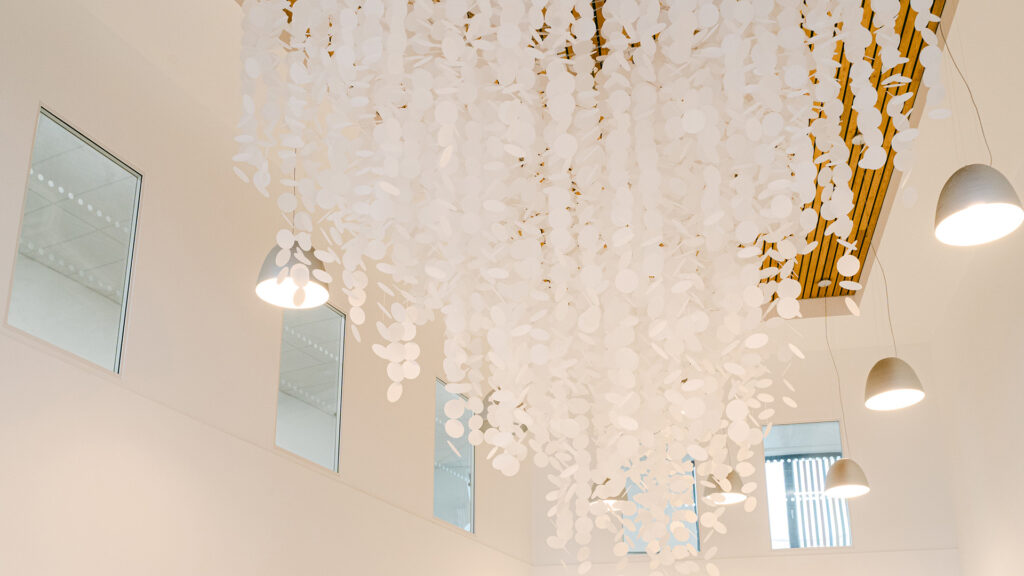
If you go to the beach or to the forest, and it calms you down and helps with your everyday thoughts or worries,” Viliina explains, “our question was, how could we bring this same experience to the hospital?”
I think also that if a healthcare environment looks like it’s been cared for, and has been made with love, then you assume that you will also be treated with that same care and kindness.”
The pair consider their installation to be a contemplative backdrop, having a similar effect to relaxing white noise or inconspicuous ambient sounds.
If you’re not in that headspace where you want to experience art, then you can just walk on past it,” Mark says. “It’s more like part of the environment; it’s integrated and it’s there to support you, if you need it.”
Both projects at the Edinburgh Haematology Centre and East Lothian Community Hospital are excellent examples of how collaboration between artists, staff and patients can lead to bespoke artworks which take into consideration the emotional and psychological effects of engagement with nature.
The artists have understood deeply what patients and staff are saying, and what’s important to them, which then leads to general wellbeing,” Senior Project Manager for NHS Lothian, Miriam Anderson says. “Well designed spaces are really important for patients’ welfare and they’re important to their families too.”
The creative commissions at Edinburgh Haematology Centre and East Lothian Community Hospital are valuable in offering something that takes the viewer out of themselves and their immediate environment into somewhere otherworldy. Through a vital connection to nature, patients and visitors are guided out of situations that can be distressing and momentarily given a sense of freedom and distraction. This carefully curated use of therapeutic art and design ultimately contributes to healing, recovery and a more patient-centred approach to care.
Words by Arusa Qureshi
The Art Strategy for East Lothian Community Hospital and Edinburgh Haematology Centre were delivered by Round Table Projects for NHS Lothian Charity’s Tonic Arts Programme.
Download a copy of our case study
Read more of our case studies
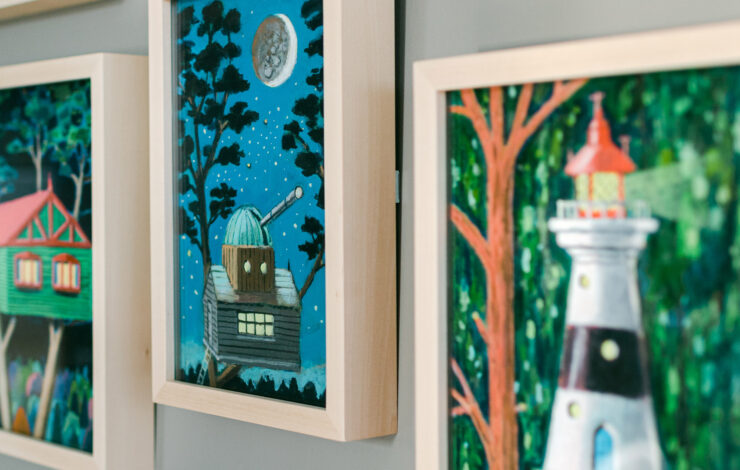
Social and Geographic Context: Edinburgh Haematology Centre
I find myself gazing into a circular haze of blue. I could be looking at a picture of the earth, […]
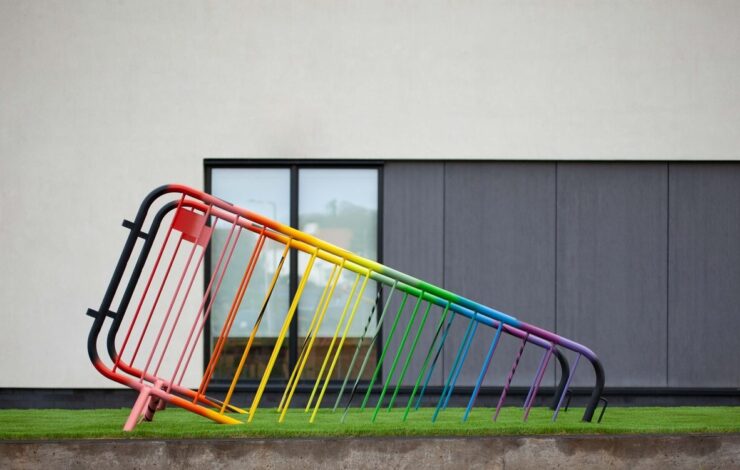
Clinical Collaboration
There’s a multitude of studies with evidence that people actually heal and repair more quickly in a creative physical environment,” […]
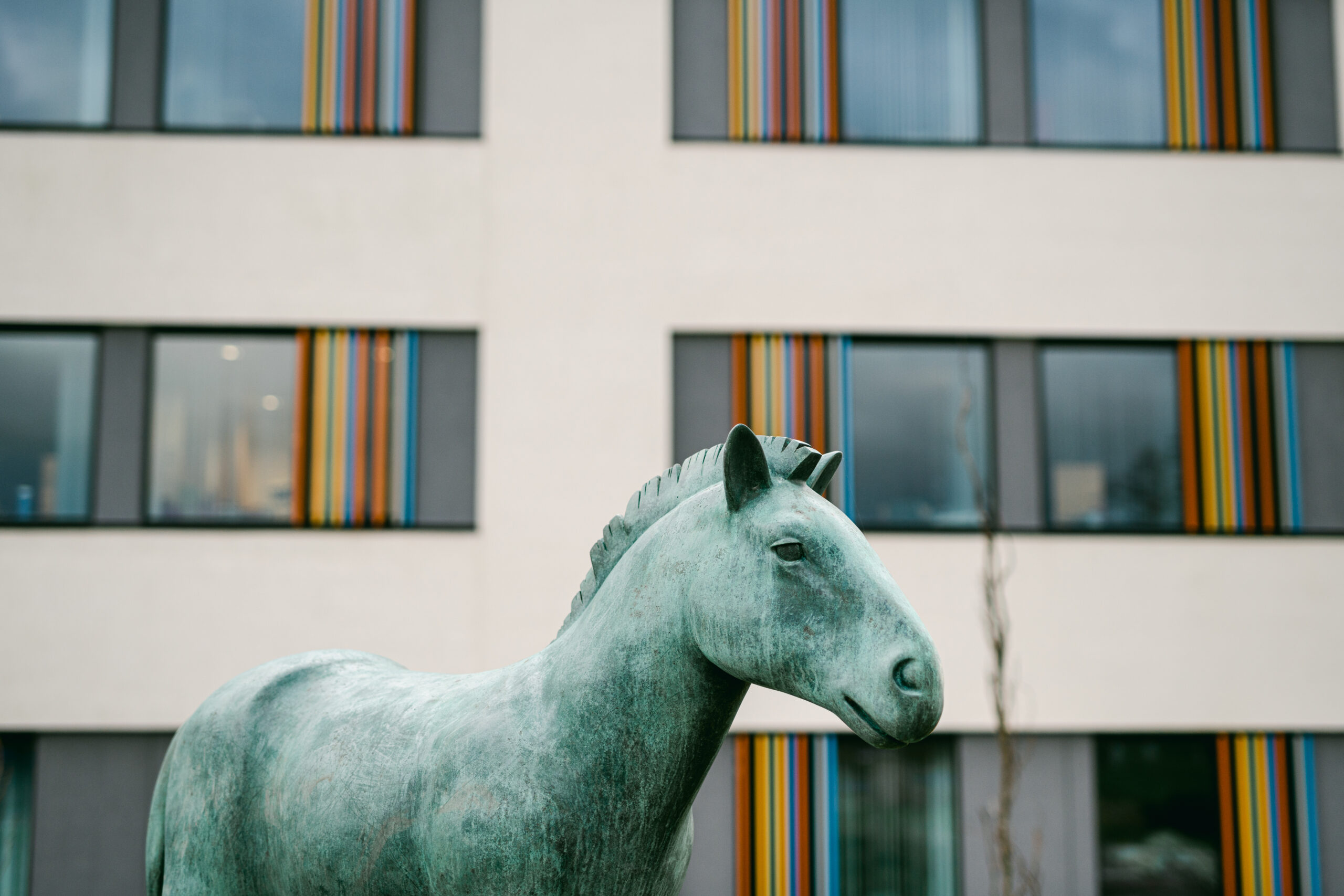
Context and Place: East Lothian
What does it mean to commission artworks for a hospital? There are certain requirements the artists and makers must consider […]
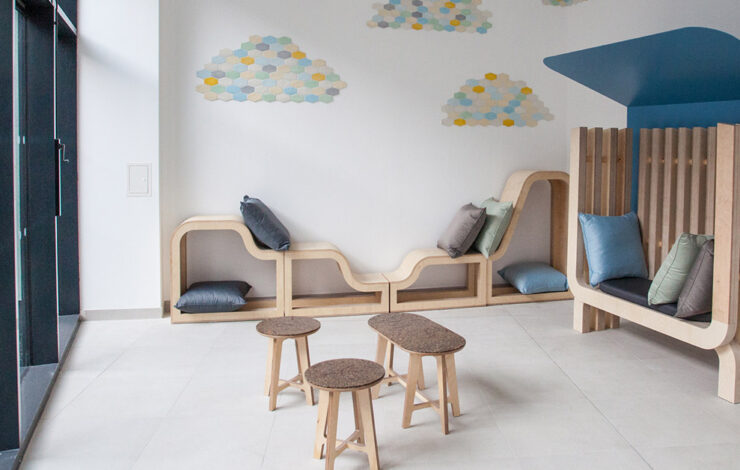
Crafting of Considered Spaces; Mindful Making
In the market town of Haddington in East Lothian, a purpose-built modern healthcare facility is operating with an innovative approach […]